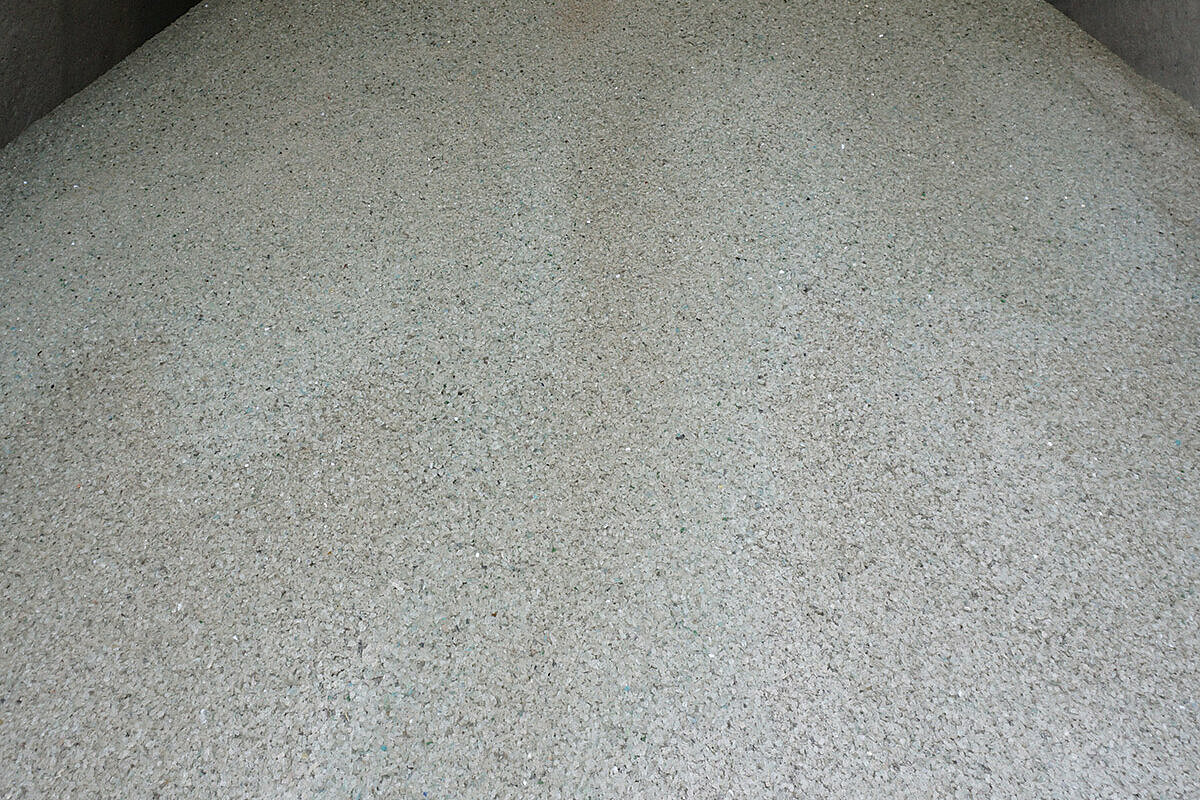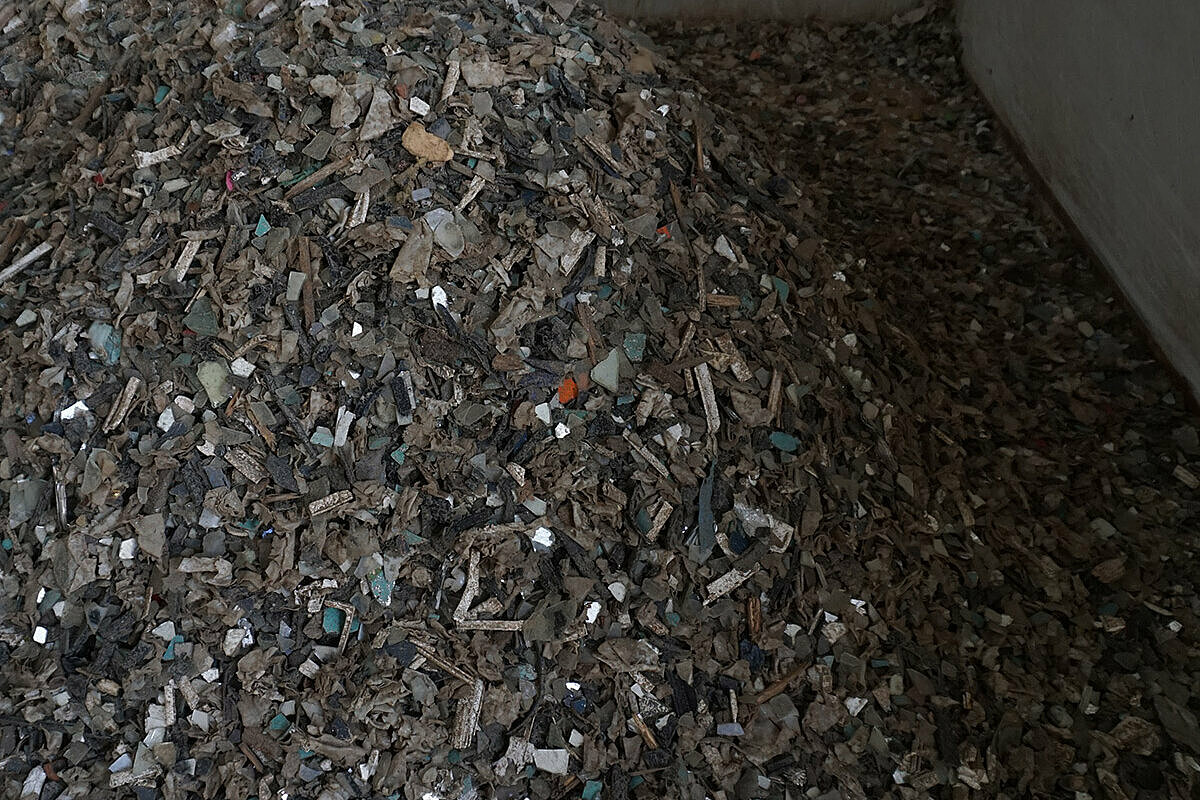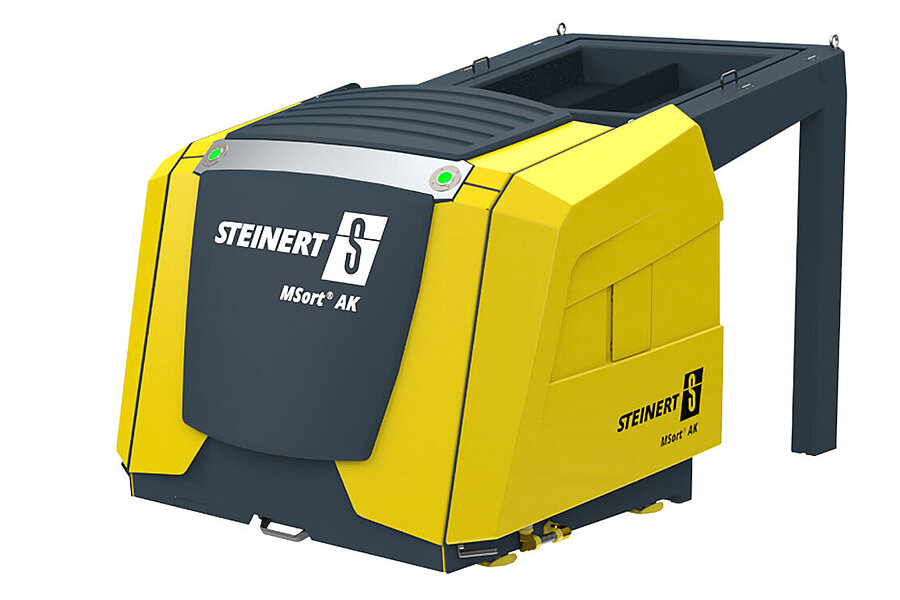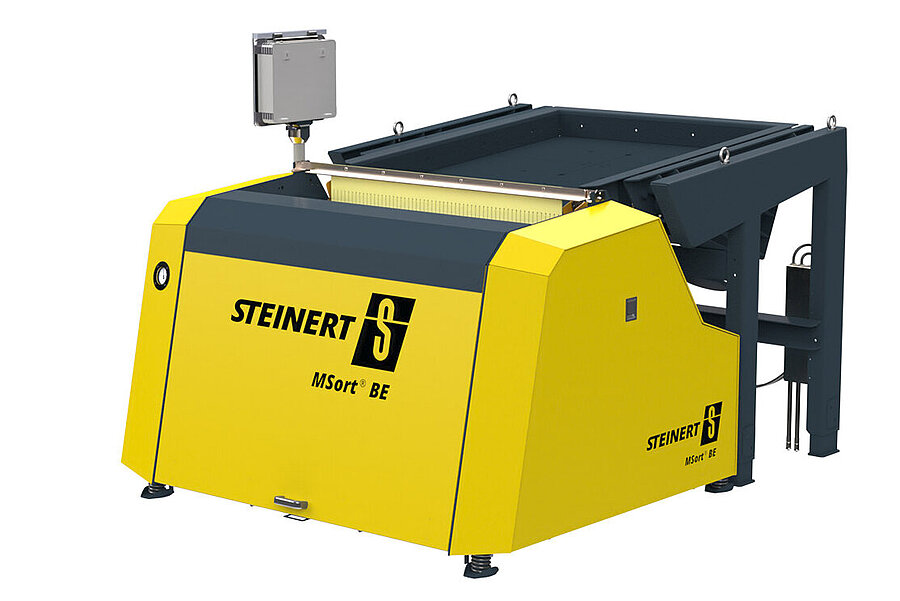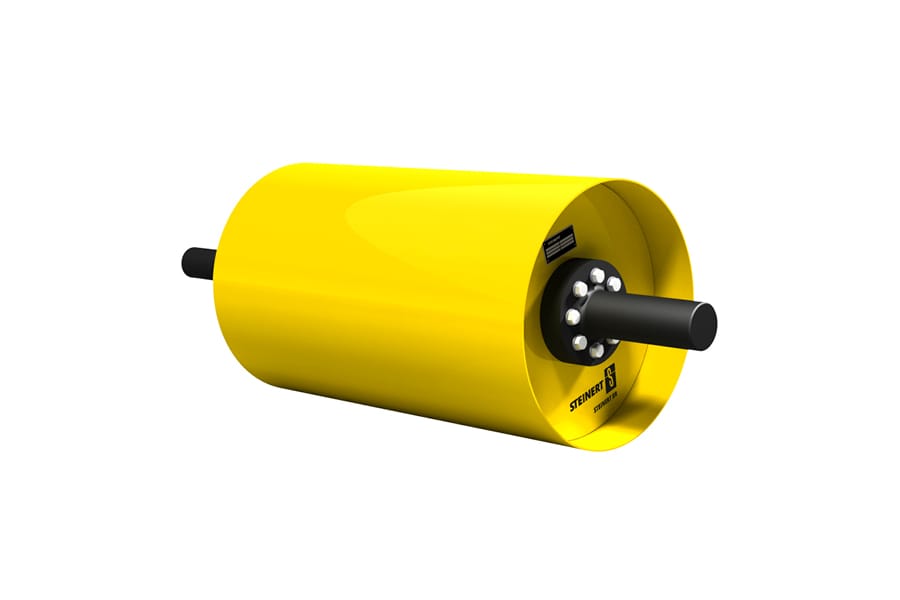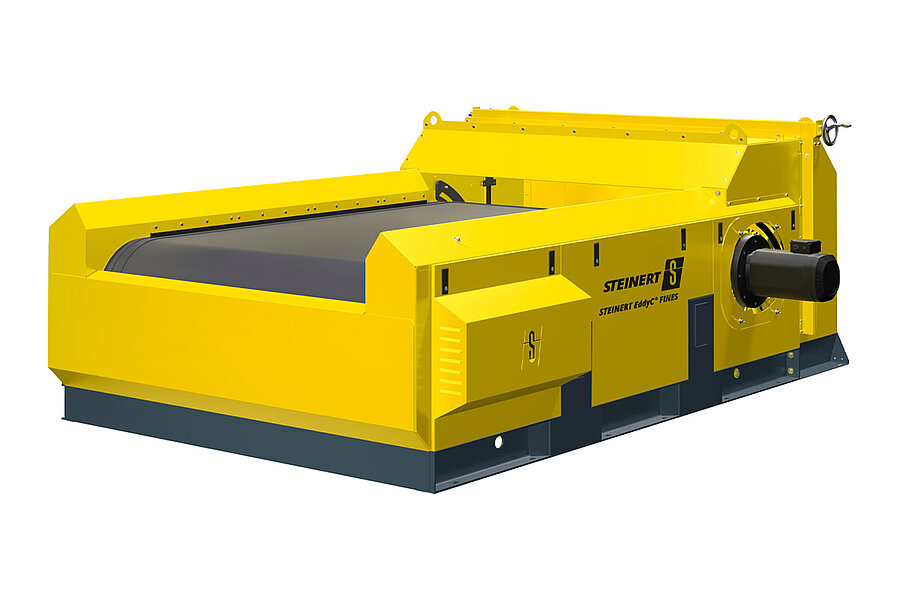
Flat glass recycling
Solutions for sorting flat glass
Separation and sorting from a single source – for glass recycling tasks
Glass recycling often, but not always, starts at the bottle bank. A very high percentage of bottles and glasses already being recycled is waste glass, thanks to the recycling systems that have been introduced. However, there is still scope to significantly increase the percentage of flat glass that is recycled. Currently, a large proportion of recycled flat glass fragments are processed into hollow glass or into alternative glass applications. However, an express aim is to use flat glass as a secondary raw material to once again create flat glass as part of a circular system.
Flat glassworks have significantly higher requirements in terms of the recycled fragments than container glass furnaces. The reason behind this is that the flat glass they produce is usually processed in the construction and automotive industries – both industries with extremely high standards.
The challenge when it comes to sorting flat glass is that the collected material may be made up of various composite materials. For example, safety glass has PVB films in the intermediate layer. Thermal composite windows are another example, made up of multiple panes of glass which have special seals around the edge. When it comes to panes of glass sourced from demolition, the problem is often that there are still remnants of the window frames and masonry stuck to them.
Another difference when it comes to processing flat glass is the particle size. In contrast to hollow glass recycling, in which the fragments are to be kept as large as possible, flat glass has to be crushed to a greater extent to release all contamination.
Many steps one after the other are required as part of the cycle.
- In the first step, a shredder crushes the flat glass. This “pre-crushing” releases the initial impurities such as plastics and films.
- Mechanical separation then takes place to carry out the initial coarse film separation.
- Our STEINERT overhead suspension magnet typically separates iron from the input material as part of an extracting operation – optionally as an electromagnet (electric overhead suspension magnet).
- The STEINERT EddyC eddy current separator separates the non-ferrous metals released in the flow of materials as part of an additional process step.
- After additional screening, the material enters into initial pre-sorting through STEINERT’s MSort AX or MSort BE. The initial coarse contamination is removed in a range of particle sizes from 10–60 mm.
- An additional mechanical crushing stage removes the contamination. This step is key for the fine sorting, which is the next stage in the process.
- After fine crushing, there are still particles of iron and non-ferrous metals in the fine fractions, which in turn have to be separated by magnets such as the STEINERT UME and STEINERT EddyC FINES.
- The sorting systems MSort AX, MSort AK and MSort AF are suitable for the final stage of sorting impurities out of the glass and sorting by colour, if necessary.
Your benefits:
- Sorting from a particle size of 1 mm upwards
- All machines are designed for 24/7 use and need fewer spare parts
- Separation of all impurities from a single source
- Sensor sorting with more than 25 years of experience in glass recycling
- STEINERT magnet technology for ferrous and non-ferrous metal separation
- Separated non-ferrous metals are also marketable
- Separation of impurities and colour sorting at the highest level





